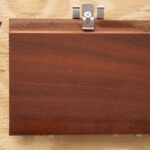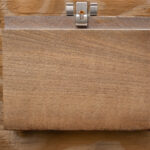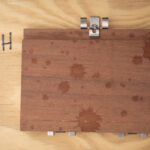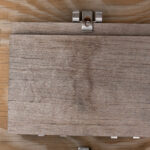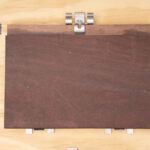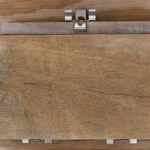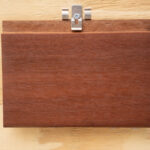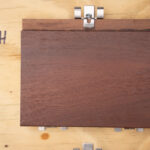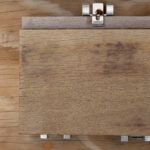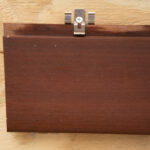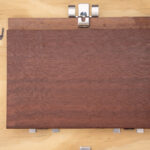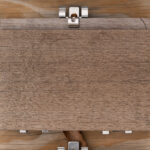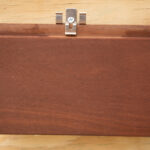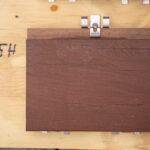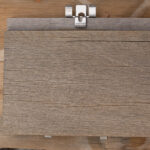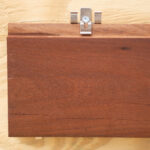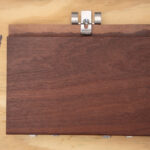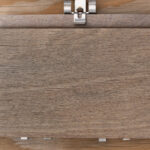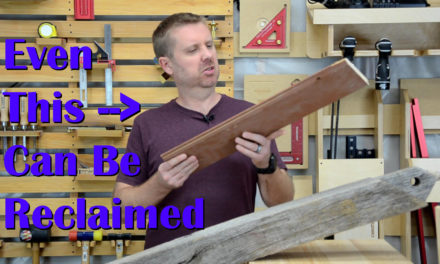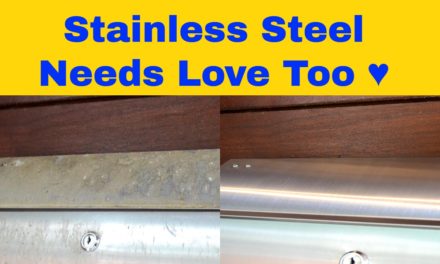Note: This post may include affiliate links. We earn a small commission if you use these links to make a purchase, but it doesn’t cost you anything!
This video applies to all Brazilian hardwoods not just Ipe. Since Ipe is the most common species used in the United States, we generically refer to the oils reviewed here as Ipe Oil.
Looking for the Best Ipe Oil?
Welcome to a special ToolboxDIY product shootout. You probably clicked on this video because you have the same problem we do…you have a hardwood deck or siding and you want to find the longest lasting, best looking, protective oil for your hardwood investment.
This is a 2 year journey to figure out which oil finishes holds up the best at the 6 month, 1 year, and 2 year marks. The first video will show you how each oil looks after initial application and then we’ll show you how each oil looks at the 6 months mark. There will be second video after a year and then finally a 3rd video at the two year mark. If there is a hardwood oil that we don’t have in our shootout and you think it should have been, drop us a comment on the YouTube video. We’ll see if we can’t work that into one of the follow up videos.
Brazilian Hardwoods Defined
Let’s start with the basics. The hardwoods we’re focused on here today are South American hardwoods such as Ipe, Massaranduba, Cumara, Garapa, and Purpleheart. Some of these woods are often referred to as Brazilian hardwoods. These are hardwoods grown in rainforests, they are super dense, they have a high amount of natural oils, and the lumber lasts for decades when maintained properly.
Like all lumber, these hardwoods are susceptible to graying when subjected to prolonged UV exposure. In order to maintain the beautiful colors of these hardwoods, we need an oil or stain that provides UV protection. That’s where oil based stains come in. We chose five different products based on two criteria. 1. they are specially formulated for ultra-dense, oily, exotic hardwoods and 2. they are not film forming finishes. The reason you won’t find a film forming finish here is because they peel and they require stripping or sanding in order to apply a second coat.
The Five IPE Oils For Our Shootout
We are looking for the longest lasting, lowest maintenance protection that we can find. So today and over the next 2 years, these five products are going head to head. Here are the products we have:
- Messmer’s UV Plus for Hardwood
- Cabot Satin Australian Timber Oil
- Penofin Hardwood Stain
- Deckwise Ipe Oil Plus
- Armstrong Clark Hardwood/Ipe Stain
How We’ll Test the Ipe Oils
Let me explain the basics of our test. I am going to apply each of these products to two pieces of scrap Massaranduba. I am going to apply it per the manufacturer’s instructions. We are going to check in on it in six months. At six months we will only observe how each is holding up. At the 1 year mark, we will do a follow up video where we observe our results and we will apply a second coat to half of each piece. Then in year two, a third video will be done to see how each product held up from the original application and the second coat after a year.
Now let me show you why were are using 2 pieces for each product. Here’s the test platform. I have six pieces laid horizontally and six pieces mounted vertically. I’m doing this so those of you with decks can see how these products hold up on a horizontal surface and those of you with siding are represented with the vertical pieces. There’s are six pieces because piece #1 is not going to get any oil applied at all. This is our control piece to see how the wood naturally changes when exposed to the elements.
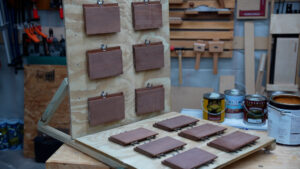
These pieces are all massaranduba. In our experience, Ipe, Massa, and Cumaru all accept oils pretty much the same and the oils tend to wear at the same rate regardless of which Brazilian hardwood you’re trying to protect.
Lastly, this whole test rig is going to be placed outside 24/7/365 and it is going to be facing south. We want the worst case scenario over the year for the vertical pieces.
Ipe Oil Application
Okay, we’re going to apply each of these products all using the same brand and type of brush, but each one gets a new brush. We will apply it here in the shop and then set the whole rig outside.
Results of Initial Application
Okay, here’s our test platform with all the oils applied. Let me go through each one of these….
Control Pieces, No Oil – V is the vertical piece, H is the horizontal piece
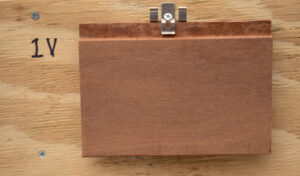
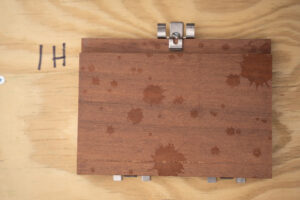
Note: The water spots are from rain that occurred right as we were snapping these pics!
Armstrong Clark Hardwood/Ipe Stain
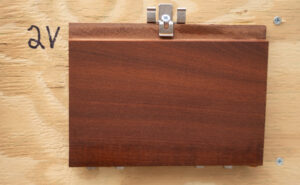
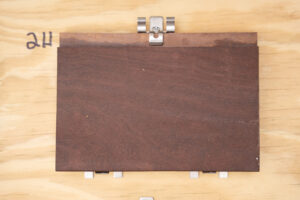
Interesting difference. It didn’t seem that stark in person, but certainly looks very different in the pictures.
Cabot Satin Australian Timber Oil
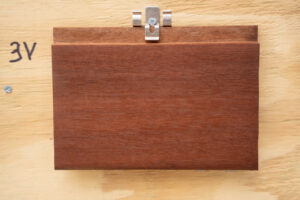
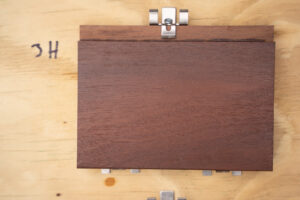
Deckwise Ipe Oil Plus
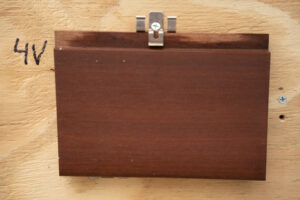
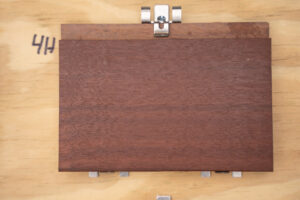
Messmer’s UV Plus for Hardwood
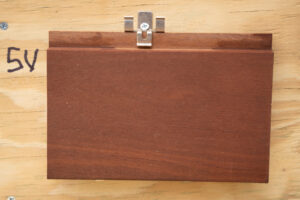
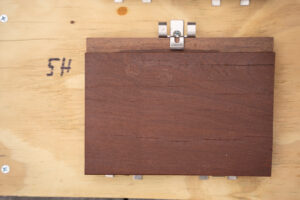
Penofin Hardwood Stain
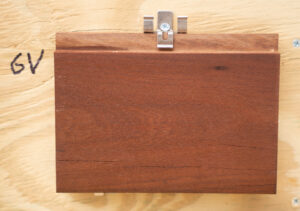
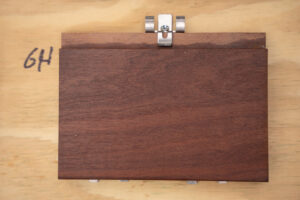
In all cases, the horizontal piece is darker. Our theory is that more oil soaked in since we didn’t have to wipe off as much excess as the vertical pieces.
Results After 6 Months of Exposure
Wow! What a disappointment by every product! The results here are not good in our opinion. Not a single oil held up very well. If we had to pick the winner (eh, we mean the least loser), it would probably be the Cabots. Have a look and judge for yourself. We’ll link to our 1 year video here once we reach that point in our testing. Our expectations are not very high!
For each oil, we show two sections: vertical and horizontal. Both sections show the control piece, the initial application stage, and the 6 month stage.
Armstrong Clark Hardwood/Ipe Stain
Interesting difference. It didn’t seem that stark in person, but certainly looks very different in the pictures.
Cabot Satin Australian Timber Oil
Deckwise Ipe Oil Plus
Messmer’s UV Plus for Hardwood
Penofin Hardwood Stain
You Be The Judge
We aren’t impressed with any of these results. In fact, we see very little reason to let them go the full year, but we will. However, we’re mulling over what to do in year 2 because these obviously won’t survive a second year and a touch up coat isn’t going to look good over this. Stay tuned. The update should be coming in June 2023.



